Good morning! Let’s play Connections, the NYT’s clever word game that challenges you to group answers in various categories. It can be tough, so read on if you need clues.
What should you do once you’ve finished? Why, play some more word games of course. I’ve also got daily Wordle hints and answers, Strands hints and answers and Quordle hints and answers articles if you need help for those too.
SPOILER WARNING: Information about NYT Connections today is below, so don’t read on if you don’t want to know the answers.

NYT Connections today (game #482) – today’s words

Today’s NYT Connections words are…
- JACUZZI
- BIKINI
- HANGER
- X-RAY
- Q-TIP
- TOOTHBRUSH
- G-STRING
- CHAPSTICK
- T-BONE
- XEROX
- HIPSTER
- SKIRT
- DRILL
- FILET
- SINK
- THONG
NYT Connections today (game #482) – hint #1 – group hints
What are some clues for today’s NYT Connections groups?
- Yellow: Beef bits
- Green: Hidden clothing
- Blue: Open wide!
- Purple: Remember the capital letter…
Need more clues?
We’re firmly in spoiler territory now, but read on if you want to know what the four theme answers are for today’s NYT Connections puzzles…
NYT Connections today (game #482) – hint #2 – group answers
What are the answers for today’s NYT Connections groups?
- YELLOW: STEAK CUTS
- GREEN: KINDS OF UNDERWEAR
- BLUE: INVOLVED IN A DENTIST VISIT
- PURPLE: BRANDS THAT HAVE BECOME GENERIC TERMS
Right, the answers are below, so DO NOT SCROLL ANY FURTHER IF YOU DON’T WANT TO SEE THEM.
NYT Connections today (game #482) – the answers

The answers to today’s Connections, game #482, are…
- YELLOW: STEAK CUTS FILET, HANGER, SKIRT, T-BONE
- GREEN: KINDS OF UNDERWEAR BIKINI, G-STRING, HIPSTER, THONG
- BLUE: INVOLVED IN A DENTIST VISIT DRILL, SINK, TOOTHBRUSH, X-RAY
- PURPLE: BRANDS THAT HAVE BECOME GENERIC TERMS CHAPSTICK, JACUZZI, Q-TIP, XEROX
- My rating: Hard
- My score: 3 mistakes
Phew! I cut this one close, losing all three guesses before I’d solved a single connection, but managing to complete the game with no further mistakes. And it is undeniably a hard one. Even yellow – supposedly the easiest group – featured four answers of which I only knew two. The connection was STEAK CUTS, and I got FILET and T-BONE, but hadn’t really heard of HANGER and was only vaguely aware of SKIRT. Ditto KINDS OF UNDERWEAR – BIKINI, G-STRING and THONG were OK, but I do not really know what a HIPSTER is.
Fortunately I managed to get blue and purple first, after a lot of thought, and scraped home with no room for further error.
How did you do today? Send me an email and let me know.
Yesterday’s NYT Connections answers (Friday, 4 October, game #481)
- YELLOW: CONCAVITY DENT, DIMPLE, DING, DIVOT
- GREEN: SMALL AMOUNT DAB, DASH, DOLLOP, DROP
- BLUE: DISNEY CHARACTERS DAISY, DALE, DOC, DORY
- PURPLE: ___ DATE DELIVERY, DINNER, DREAM, DUE
What is NYT Connections?
NYT Connections is one of several increasingly popular word games made by the New York Times. It challenges you to find groups of four items that share something in common, and each group has a different difficulty level: green is easy, yellow a little harder, blue often quite tough and purple usually very difficult.
On the plus side, you don’t technically need to solve the final one, as you’ll be able to answer that one by a process of elimination. What’s more, you can make up to four mistakes, which gives you a little bit of breathing room.
It’s a little more involved than something like Wordle, however, and there are plenty of opportunities for the game to trip you up with tricks. For instance, watch out for homophones and other word games that could disguise the answers.
It’s playable for free via the NYT Games site on desktop or mobile.


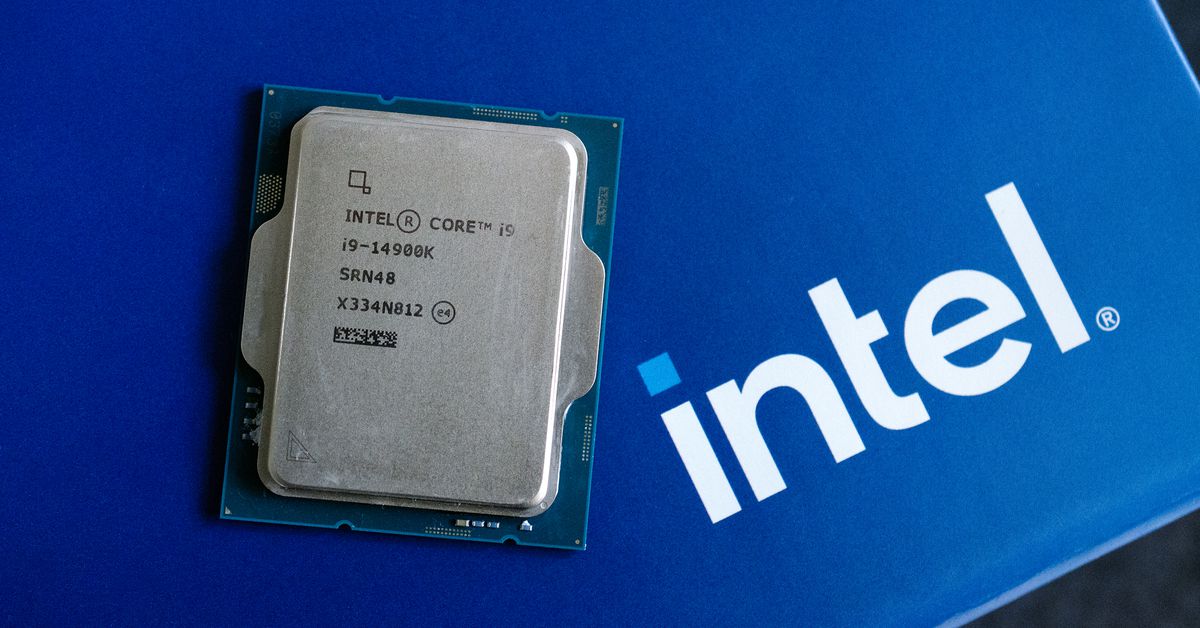
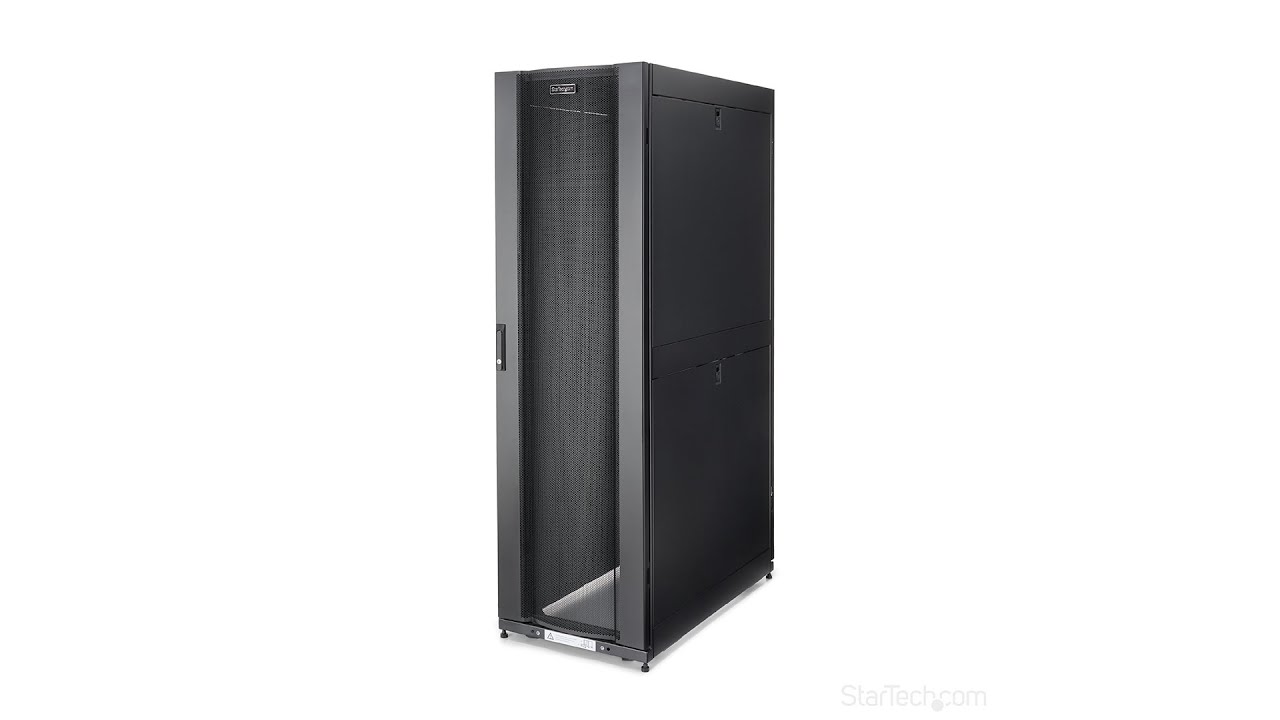


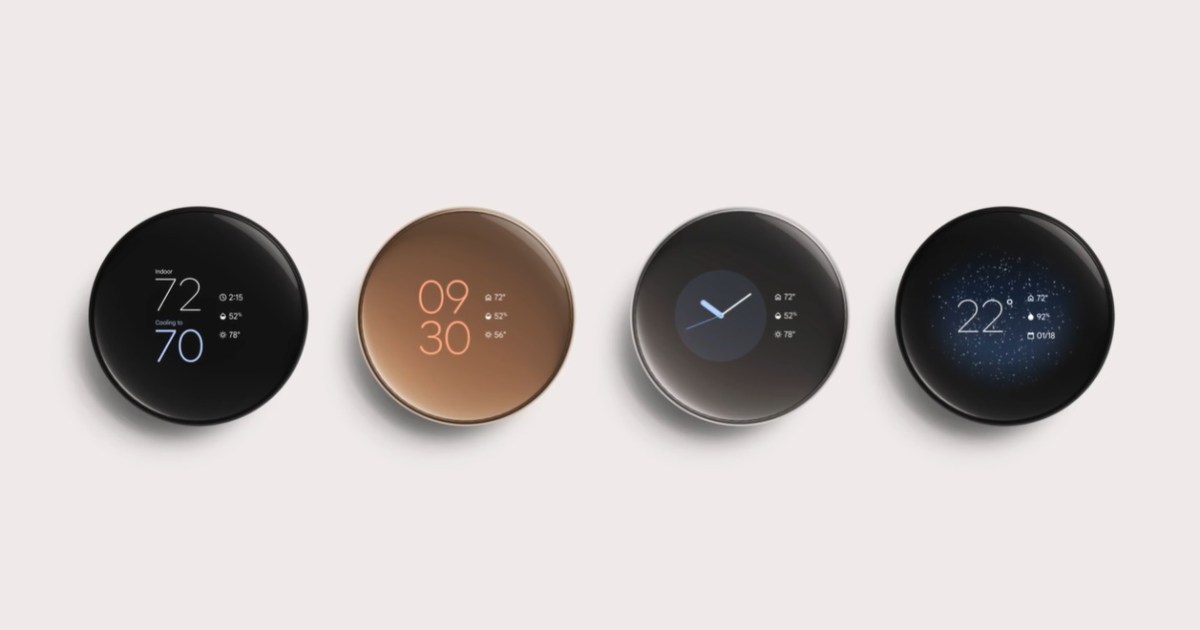


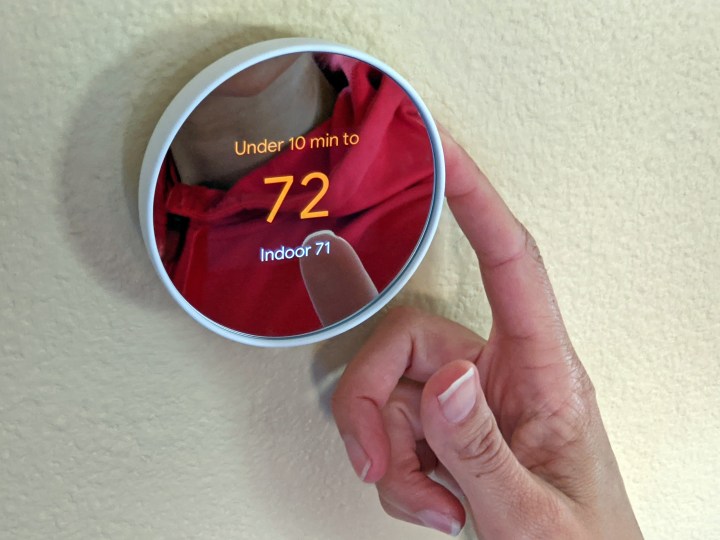



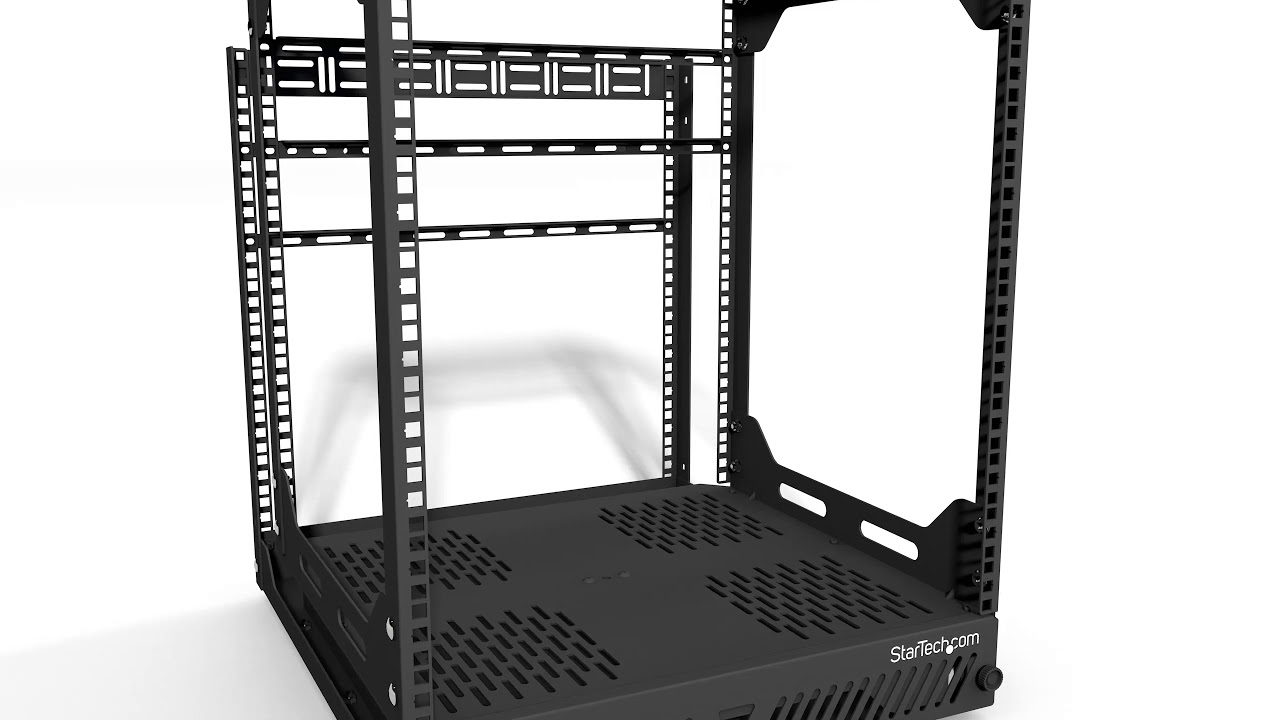
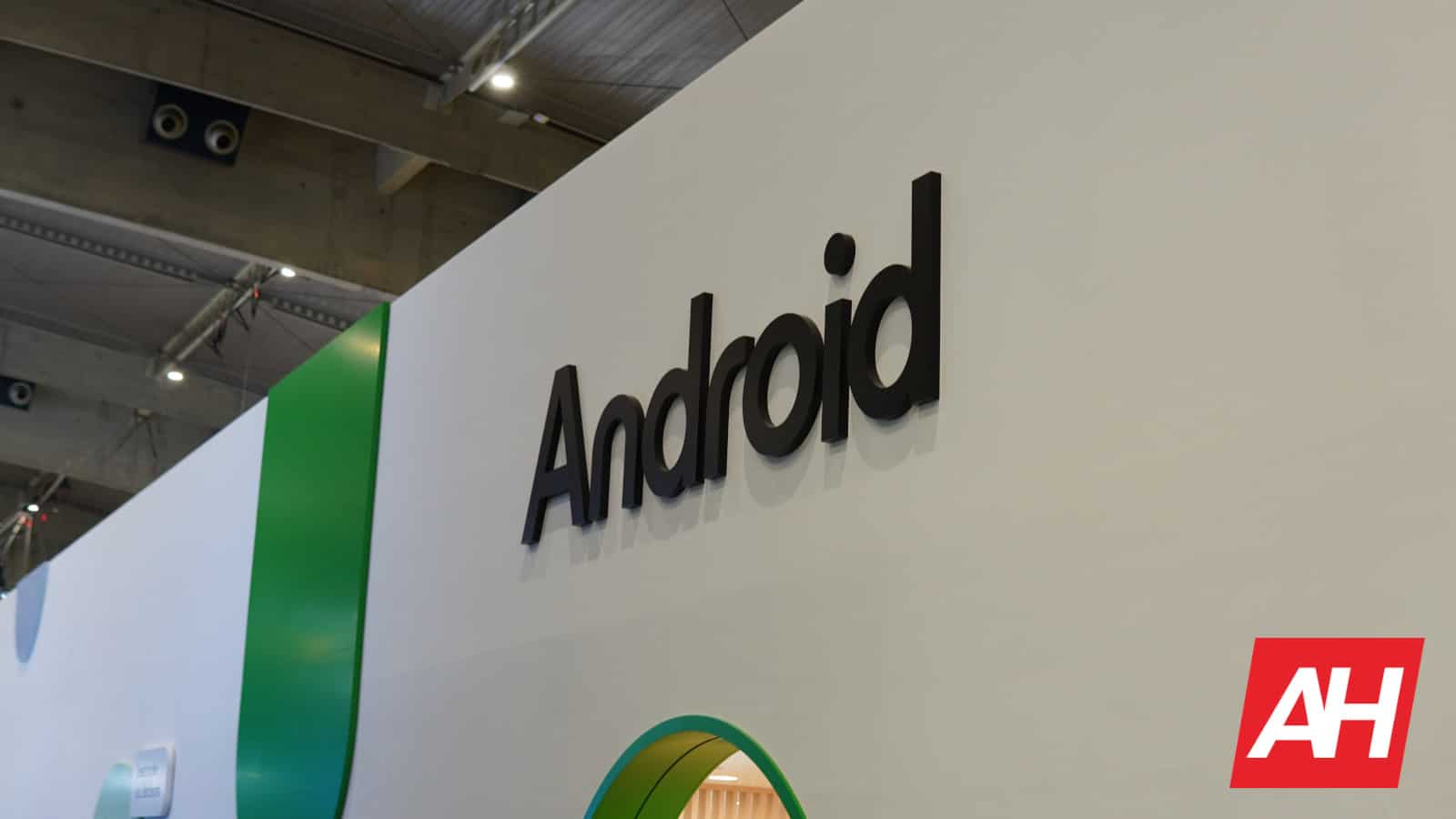































































































































You must be logged in to post a comment Login